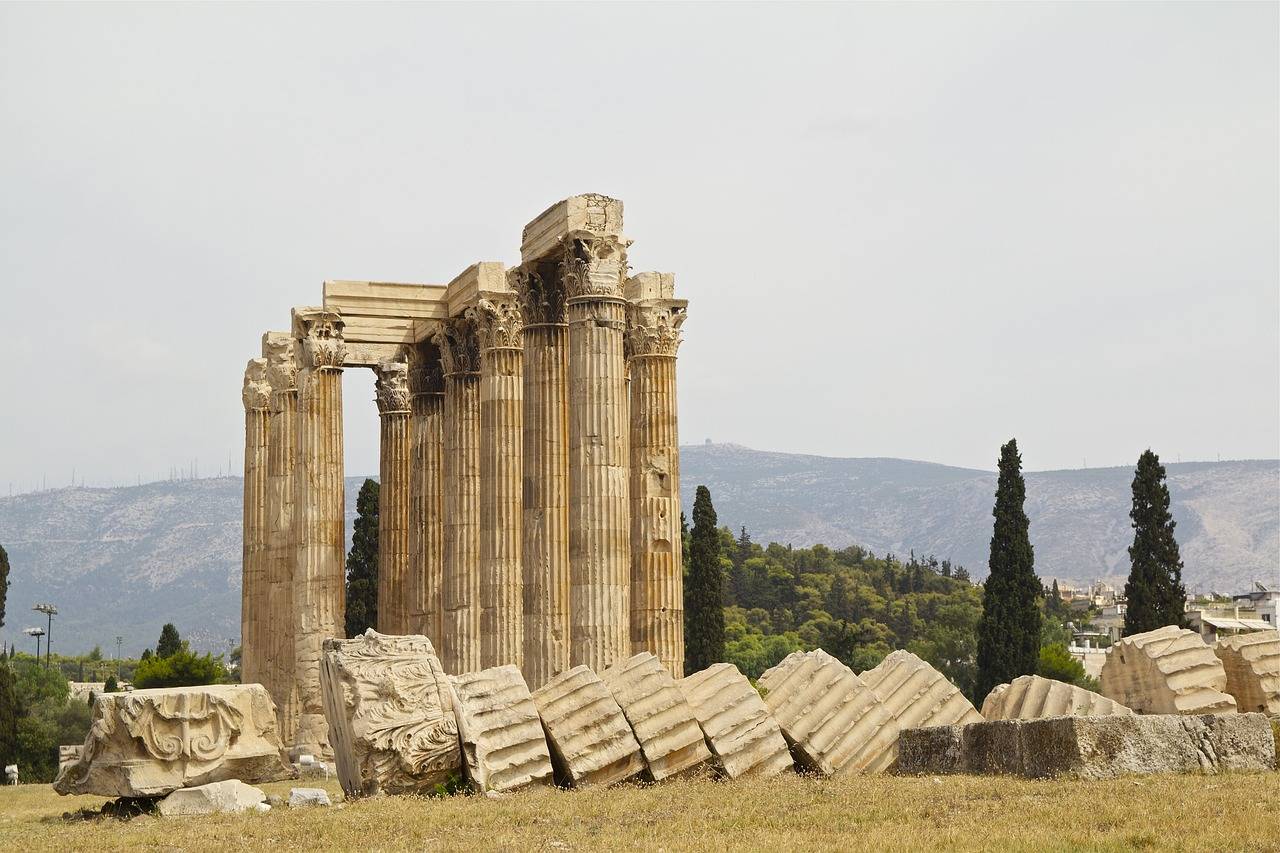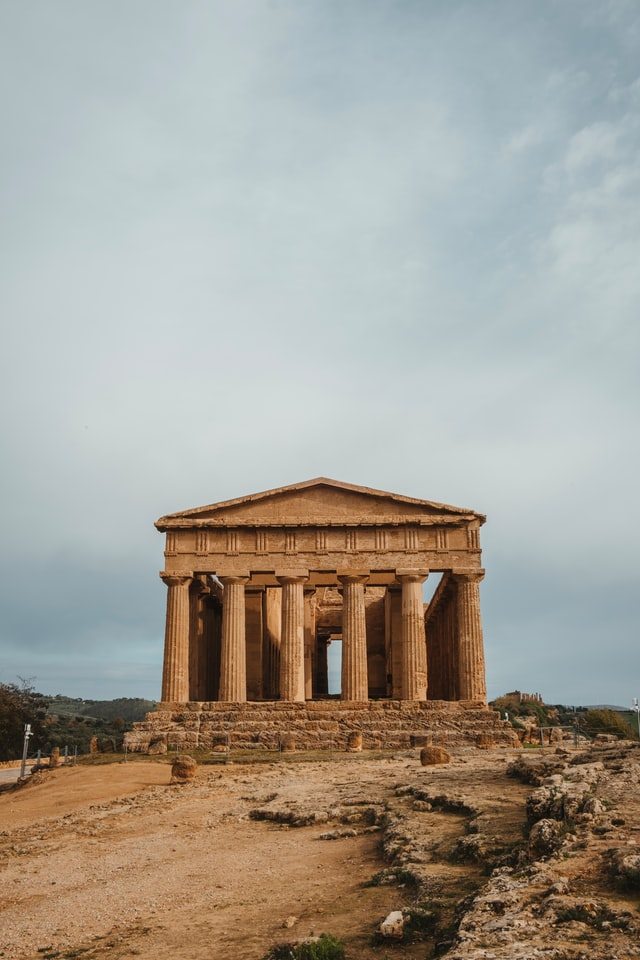Acropolis Museum
Share this attraction
Back

Acropolis Museum
Athens
Acropolis Museum - the most important information
This is one of the most important museums in the world. In just one place are preserved sculptures from the period of ancient Athens. Numerous sculptures are moved from archeological sites and collected here. It’s undoubtedly a must-see attraction for everyone who visits the city and the Acropolis.
About the Acropolis Museum
The museum was opened in 2009 and serves as the central place to preserve the remains found in the Acropolis. It is located just next to the Acropolis and represents an indispensable part of the tour through this archeological site. The first museum that had the task of keeping the exhibits was built in 1874. But, over time, many additional pieces were found, so the additional building had to be constructed. Today’s museum spreads on an area of more than 14.000 square meters, and around 4.000 exhibits can be seen. The extraordinary beauty the museum owes to the designer of the building, Bernard Tschumi. He made the construction that combines light and movement. This means that the Acropolis Museum has bright halls, with walls made out of glass, which guarantee the natural lightning in the building. There is glass at some places on the floor, which allows visitors to see excavations that lay below the museum. You will have a great experience seeing the Acropolis through the museum's windows and complete the image of the site. Museum has three floors and one underground floor where all the archeological excavations are.
What to see in the Acropolis Museum?
This is a real heaven on earth for all the lovers of sculpture and history and culture, especially the Greek one.
- Ground floor - Since the museum is built on the ruins of a part of Roman and early Byzantine Athens, the ground floor is dedicated to this city’s historical period. Here you can also see everyday objects used in ancient Athens and many other artifacts found on the slopes of Acropolis. On this floor, there is also a cafe you can visit any time during your tour through the museum.
- Second floor - This floor is dedicated to the Archaic period when democracy was slowly emerging in Greece. Here you can see many sculptures that date back to the 7th century BC and even farther. Of course, the main beauties of this floor are the Caryatids.
- Third floor - The third floor is the area where the Parthenon gallery is located. The Parthenon is maybe the greatest symbol of Greece, and this museum depicts that monumental place. One of the main attractions of the hall is a frieze with representations of Panathinaea, a big festival in honor of the goddess Athena. This is a massive 160-meter long piece of marble, the biggest part of the whole frieze. The rest of it is currently located in the British Museum in London.
Tickets and opening hours of the Acropolis Museum
- Opening hours - The museum is open from 8 am to 8 pm during the summer. On Mondays, the closing time changes to 4 pm, and Friday to 10 pm. During the winter season, the museum is open from 9 am to 5 pm, except on Fridays, when it closes at 10 pm, and on weekends when the closing is at 8 pm. We recommend you to visit Acropolis Museum earlier in the morning. Also, the summer months are when the museum is most visited, so maybe you should choose to go from October to April.
- Tickets - Ticket prices also differ depending on the season. From 1st November until 31st March, the entrance fee costs 5 euros. From 1st April to 31st October, the ticket price is 10 euros during the summer season.
How to get to the Acropolis Museum?
There are several ways to get to the museum, and if you are afraid you’ll get lost, you can ask anyone - every citizen of Athens knows where Acropolis Museum is!
- By bus - The best option is to take one of the following buses, 230, 550, 856, A2. They all have stops near the site.
- By metro - Metro line that stops the closest to the museum is M2.
- On foot - If you are trying to reach the museum from Plaka, you’ll need around 5 minutes, passing Thespidos, Sellei, and Vyronos streets.
Location
Learn more about this destination
Discover the beauty of the destination through blogs that highlight the most famous landmarks, hidden gems, and provide travel tips for visiting this destination. Embark on an adventure through the stories of experienced travelers.





















